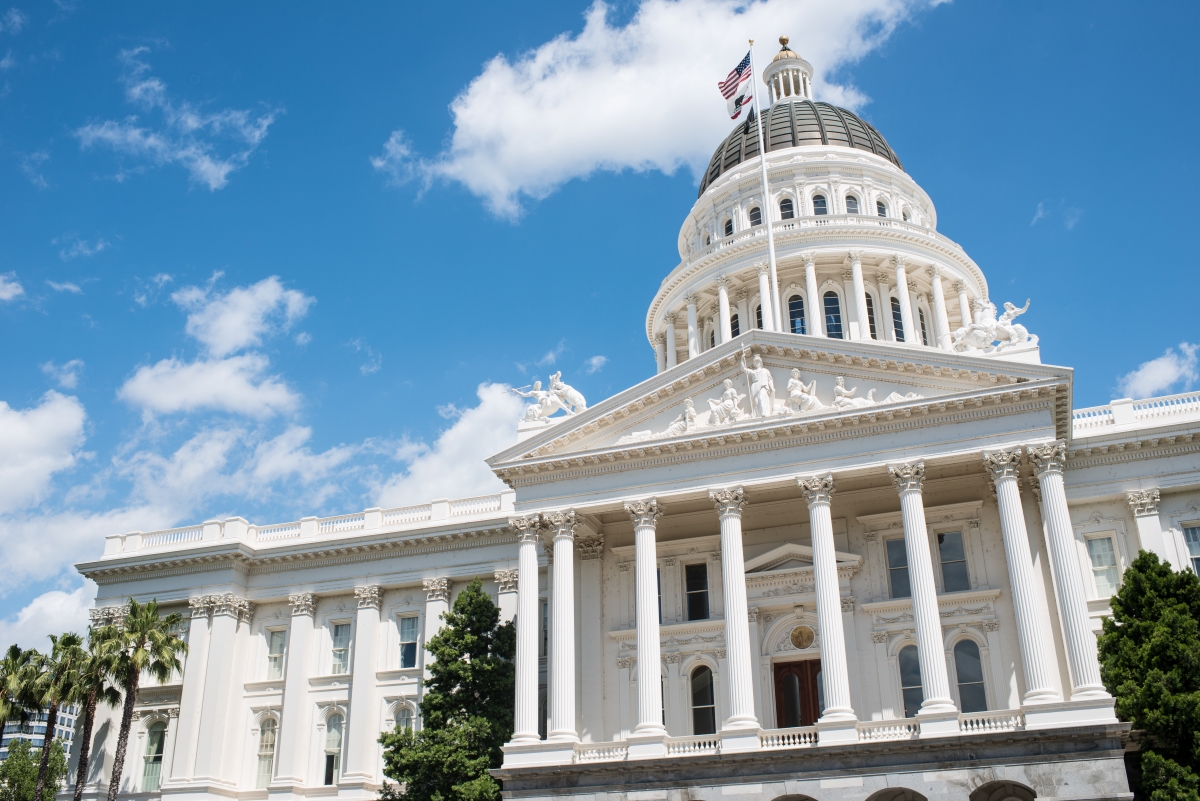Aug 18, 2021
By Andy Harig, Vice President of Tax, Trade and Sustainability Policy, FMI
 At the risk of hyperbole, I’m going to go out on a limb and suggest that one of the most influential economic thinkers of the last fifty years is J. Wellington Wimpy. Wimpy, of course, was created by E.C. Segar for the comic strip Popeye and is famous for his catchphrase, “I will gladly pay you on Tuesday for a hamburger today.” If you’ve ever read the strip, you’ll notice that despite – or maybe because of – his mooching, Wimpy seems to be constantly afloat in hamburgers. Diner owner Rough House explains how he gets away with it: “He never comes around on Tuesday.”
At the risk of hyperbole, I’m going to go out on a limb and suggest that one of the most influential economic thinkers of the last fifty years is J. Wellington Wimpy. Wimpy, of course, was created by E.C. Segar for the comic strip Popeye and is famous for his catchphrase, “I will gladly pay you on Tuesday for a hamburger today.” If you’ve ever read the strip, you’ll notice that despite – or maybe because of – his mooching, Wimpy seems to be constantly afloat in hamburgers. Diner owner Rough House explains how he gets away with it: “He never comes around on Tuesday.”You could use that scenario as a metaphor for any number of our economic woes, but it seems particularly applicable to the current state of the multiemployer pension system. For decades, multiemployer pensions have been buffeted by economic and demographic headwinds that the people who created the system failed to foresee – retiring Baby Boomers that outnumber active employees, once indomitable industries (e.g., trucking and transportation) brought to their knees by bankruptcies, and financial targets that leave little room for recessions or even minor downturns.
For just as long, politicians have been promising to fix the system and secure these pensions for workers. Upon signing the Pension Protection Act of 2006, President George W. Bush claimed it was “the most sweeping reform of America's pension laws in over 30 years,” and that “…we've taken an important step toward ensuring greater retirement security for millions of American workers.” Which seemed true at the time.
By 2012, it was clear the Pension Protection Act wasn’t going to be enough to shore up the system. During a 2014 committee hearing, U.S. House of Representatives Education and Workforce Ranking Member George Miller (D-CA; now retired) explained, “Right now, if we do nothing, those very same retirees…have a very high likelihood of losing all of their benefits….” Shortly thereafter, Congress passed the Multiemployer Pension Reform Act of 2014. And on it goes.
This spring, Congress enacted further reforms as part of the American Rescue Plan Act. The pension language created the Special Financial Assistance Program (SFA) for troubled multiemployer plans, which will provide grants to the most troubled plans for them to pay benefits to retirees through at least 2051. This money will come directly from the U.S. Department of Treasury and will not need to be paid back. The intent is to shore up the plans sufficiently such that the extremely troubled Pension Benefit Guaranty Corporation (PBGC), which underwrites benefits for plans that go bankrupt, also emerges from crisis.
So, problem finally solved? Not so fast. The PBGC’s initial rulemaking on the SFA program creates a misalignment of interest rates that means many of the plans that receive this support are still likely to run out of money long before 2051. A fuller description of this situation can be found in FMI’s comments to the PBGC.
The blame for the state of the multiemployer system belongs to everyone, but should also be leavened with an understanding of just how hard it is to fix the problem. It requires hard political decisions; collaboration and shared sacrifice among labor, business, and policy makers; and billions of dollars. All of these things are in short supply these days in Washington, DC, and so we’re likely to continue following Wimpy’s advice by putting off doing the hard work. Unfortunately, when Tuesday does finally come for the multiemployer system, it is unlikely we will have the luxury of following Wimpy’s strategy of “not coming around.” Sooner or later, this debt is going to need to be paid.


 Industry Topics address your specific area of expertise with resources, reports, events and more.
Industry Topics address your specific area of expertise with resources, reports, events and more.
 Our Research covers consumer behavior and retail operation benchmarks so you can make informed business decisions.
Our Research covers consumer behavior and retail operation benchmarks so you can make informed business decisions.
 Events and Education including online and in-person help you advance your food retail career.
Events and Education including online and in-person help you advance your food retail career.
 Food Safety training, resources and guidance that help you create a company food safety culture.
Food Safety training, resources and guidance that help you create a company food safety culture.
 Government Affairs work — federal and state — on the latest food industry policy, regulatory and legislative issues.
Government Affairs work — federal and state — on the latest food industry policy, regulatory and legislative issues.
 Get Involved. From industry awards to newsletters and committees, these resources help you take advantage of your membership.
Get Involved. From industry awards to newsletters and committees, these resources help you take advantage of your membership.
 Best practices, guidance documents, infographics, signage and more for the food industry on the COVID-19 pandemic.
Best practices, guidance documents, infographics, signage and more for the food industry on the COVID-19 pandemic.
